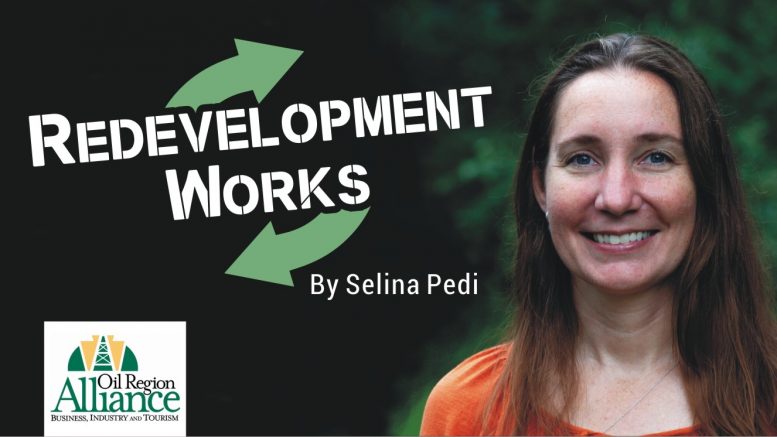While it might be hard to imagine with snow blanketing the ground, my head is currently filled with visions of lush green grass and fragrant native herbs, all dotted with a rainbow of wildflowers. Bees and butterflies flit from flower to flower, and a small herd of sheep happily graze. All of this is set in a most unexpected location: a former landfill. And there is a somewhat unexpected addition to the pastoral image in my head – solar panels.
This is the image of solar grazing, which the American Solar Grazing Association (ASGA) rather succinctly defines as “the practice of grazing livestock on solar farms.” Sheep are an ideal animal to graze under solar panels, as they are relatively compact and not particularly fond of jumping (unlike their goat cousins, who would likely destroy a solar panel in a heartbeat!). Hair sheep, which are the oldest type of domesticated sheep and are covered either entirely in hair or in hair with a thin layer of wool, are considered the gold standard for solar grazing. The exact type of covering depends on the breed, but neither type needs to be shorn, which can be highly beneficial to anyone wanting the grazing and fertilizing benefits of sheep without the hassle of shearing!
Many currently accepted practices for solar farms are… less than ideal, in the long-term, grand scheme of things. Besides the fact that many conventional solar brokers actively seek out vast tracts of unadulterated farmland, which takes highly valuable greenfields out of production, the practice of bringing in heavy equipment to install the panels then repeatedly driving across the site spraying chemical herbicides, slashing weeds, and hosing off the panels periodically with yet more chemicals leaves the soil beneath them poisoned and compacted, unsuitable for future agricultural use once the panels have lived out their 10- to 20-year maximum-effectiveness lifespan. What is supposed to help create energy resilience for an area ends up decimating the environmental resilience while much of the energy produced is often sold off to distant places and the only financial reward is to brokers from who knows where. In my humble opinion, such a scenario is simply not sustainable.
Enter solar grazing. Instead of setting up arrays covering hundreds of acres, solar grazing focuses on smaller scale farms of anywhere from five to 50 acres, on average. An acre or two of a landowner’s property can be put to use for solar grazing, giving them energy independence and allowing them to not only continue running livestock on the land, but also improving the quality of the soil over time! A few dozen acres of land can be covered in improved pasture and solar panels, providing the same benefit on a community scale. And when installed and maintained by local companies, in true partnership with landowners, local community organizations, and regulatory bodies, everyone wins. In our scenario, we’re redeveloping a Superfund site – a former landfill that has been abandoned for decades – which is largely rehabilitated but not quite ready for polite society, and solar grazing is just the ticket to put the site back into productive use while also continuing to remediate the soil.
If solar grazing (or hair sheep, solar panels, pollinators, or anything sustainable ag and energy related!) interests you, please feel free to reach out to learn more!
Selina Pedi is the Oil Region Alliance redevelopment manager. She can be reached by email at spedi@oilregion.org.







































